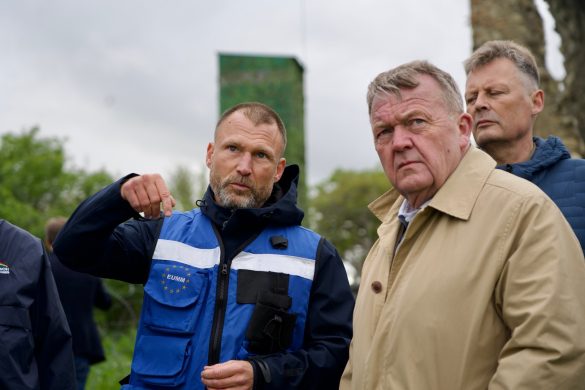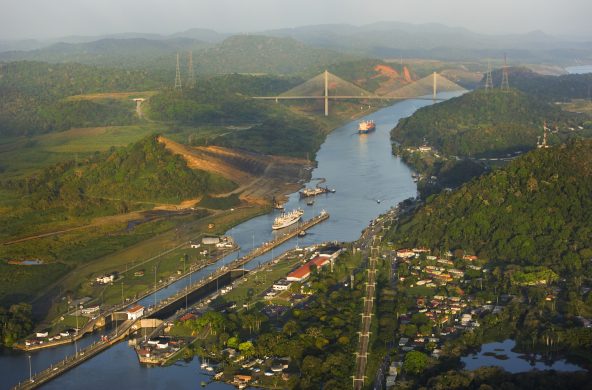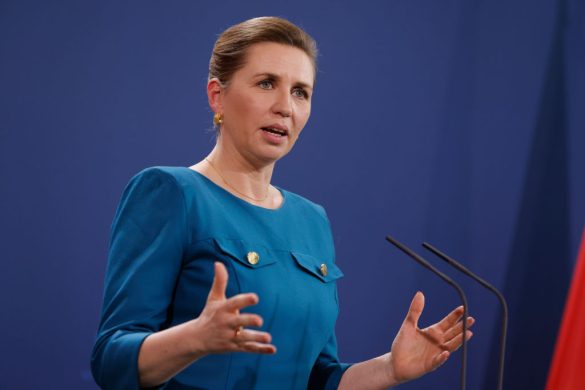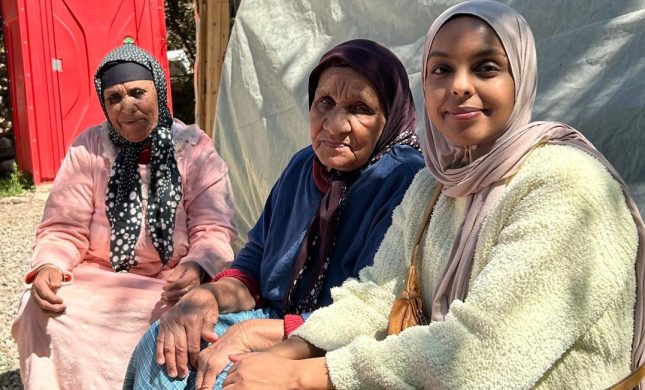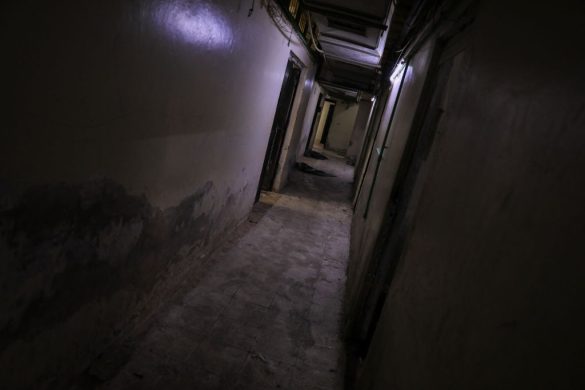The World Bank Tuesday approved an International Development Association (IDA) credit of 43,8 million US dollar to assist the Government of Tanzania in implementing emergency measures that would avert a prolonged shortage of electricity supply due to extended drought affecting the large East African countrys predominantly hydropower system.
While only 10 percent of the population in Tanzania has direct access to electricity, the impact of load shedding – on the order of about 27 percent of the countrys electricity requirements – would affect a much larger segment of the population. This includes industrial and commercial firms and their workforce, as well as the provision of social services to the public at large.
The IDA credit will fund an emergency plan aimed at enabling Tanzanias electricity company TANESCO, to pay for fuel and energy purchases that would prevent load-shedding over the next eight months.
– The project will prevent a contraction of economic activity, service delivery and the loss of jobs that would be inevitable during prolonged periods of electricity shortage, explained Karen Rasmussen, the World Banks Task Team Leader for the project.
Severe drought cut the water inflows to the overall hydropower system to two thirds of the average inflow over the past 25 years. The 2003 water inflow to the Mtera reservoir, the most important reservoir in Tanzanias hydropower system, was just 40 percent of the 60-year average inflow.
Over the past three years, significant achievements have been realized in the power sector: a substantial financial and operational turn around of TANESCO, the public power utility, has occurred under a performance-based management contract.
Also, to address Tanzanias over-dependence on hydropower, private investment was mobilized to develop its gas reserves for power generation. These infrastructure facilities, to be commissioned in July 2004, will provide a least cost thermal alternative to hydropower.
In the midst of this positive course of actions, Tanzania was hard-hit by a drought in 2003 which has adversely affected TANESCO’s ability to generate electricity from hydropower.
According to Karen Rasmussen, the shortage in electricity supply, which could extend to 2005 would represent about 27 percent of projected energy requirements in 2004, and could result in a severe contraction of economic activity and services estimated at about 6 percent of Tanzanias GDP.
The IDA credit is provided at the standard commitment fee of 0,5 percent, a service charge of 0,75 percent, and a maturity of 40 years, including a 10-year period of grace. The Government of Tanzania will finance the project with an additional 23 million US dollar.
Also, to meet the countrys emergency power needs, TANESCO will mobilize about 44 million US dollar of private investment for the installation of new gas-fired generation plant to run on indigenous gas.
For more information on the World Banks work in sub-Saharan Africa visit: www.worldbank.org/afr
Kilde: www.worldbank.org




